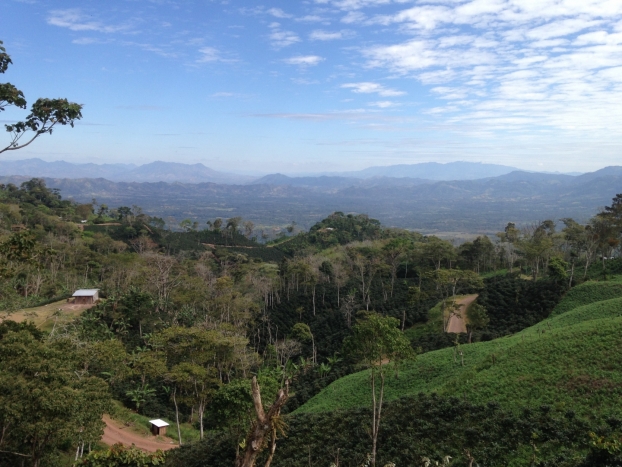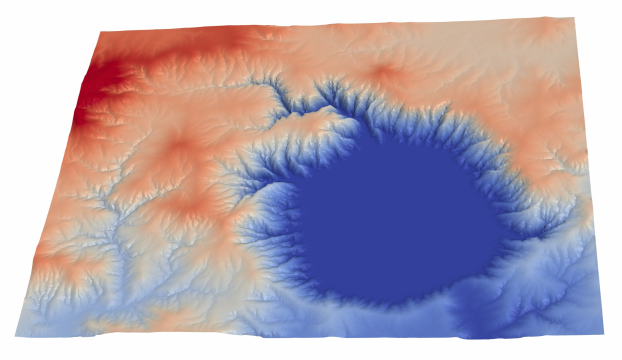Asteroid impact crater – 14 km in diameter discovered in Nicaragua
The first detailed study of a large circular depression 14 kilometres in diameter in the mountains of northern Nicaragua, named Pantasma, shows that it resulted from the impact of an asteroid 800,000 years ago. Evidence of this impact comes from the detection of two phases of high pressure and traces of extraterrestrial matter. Pantasma is the first impact crater to be discovered in Central America, and only the fourth on Earth over ten kilometres long and less than three million years old.

Publication date: 18/03/2019
Press, Research
Related teams :
Cosmochemistry, Astrophysics and Experimental Geophysics (CAGE)
Related themes : Origins








